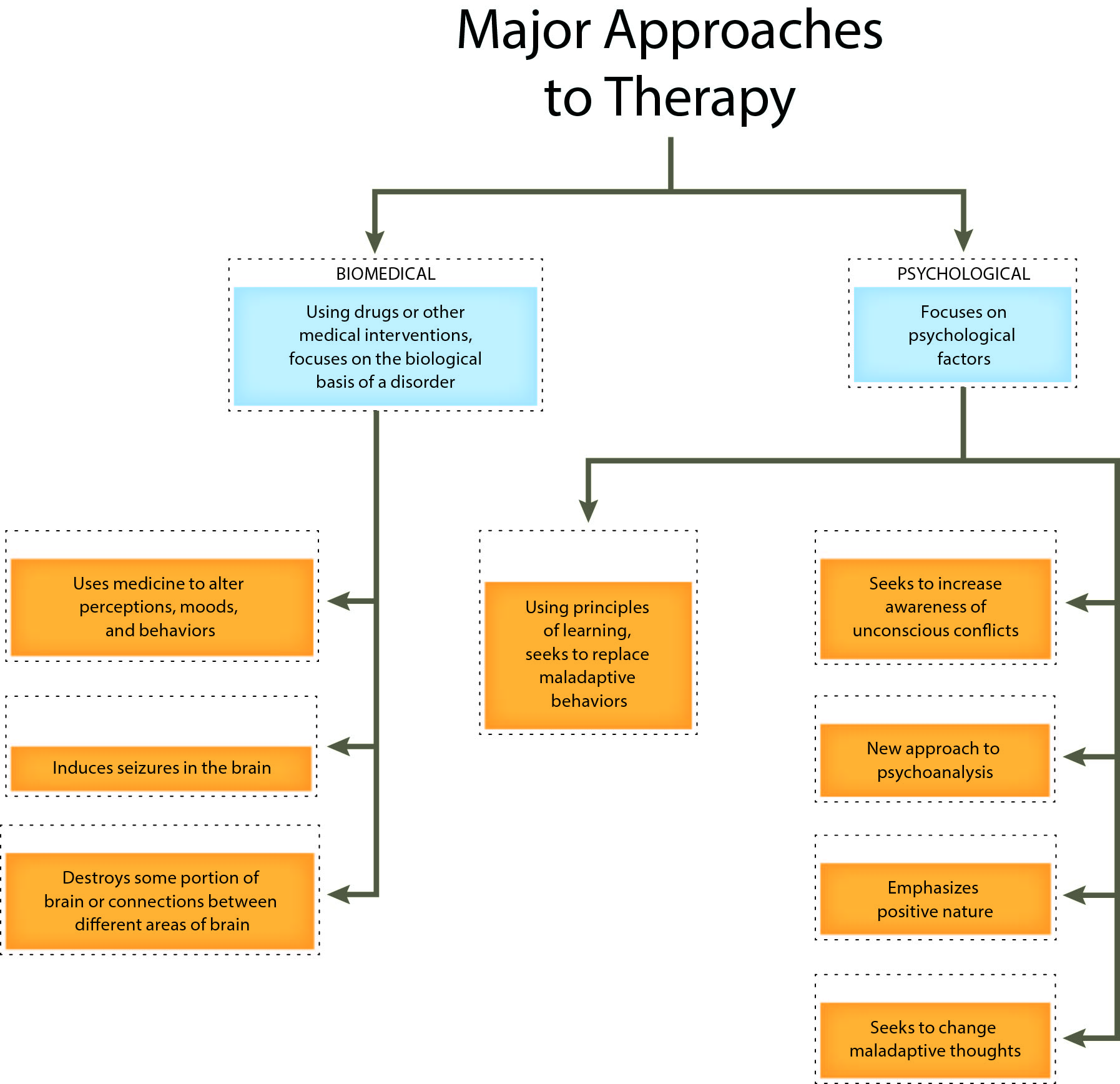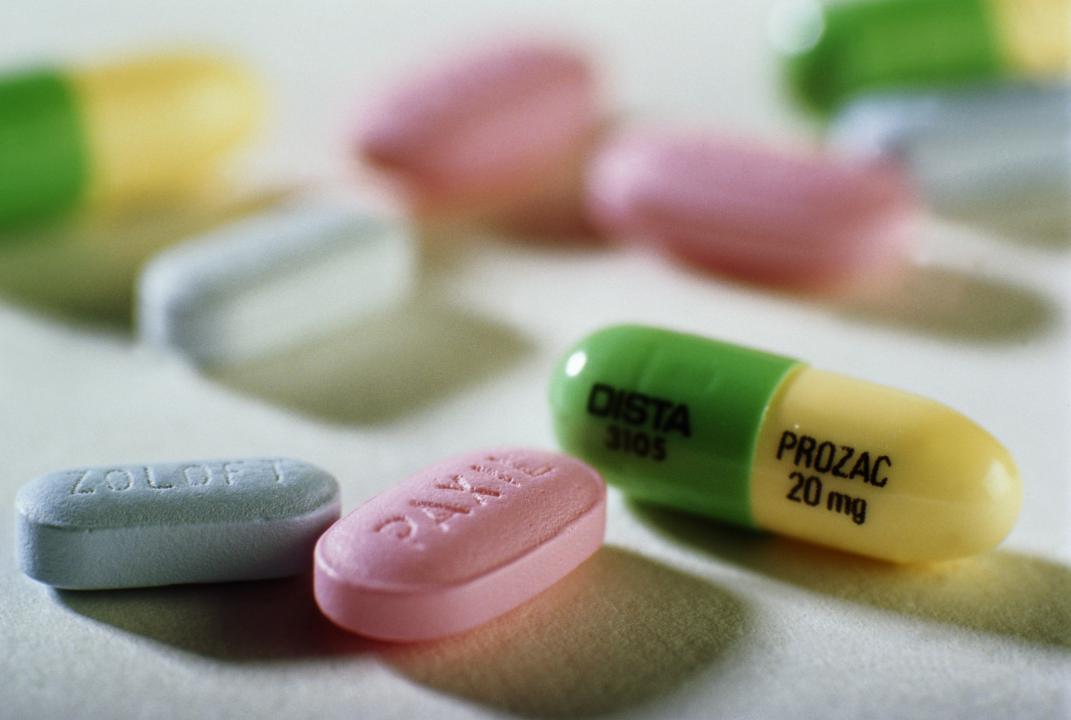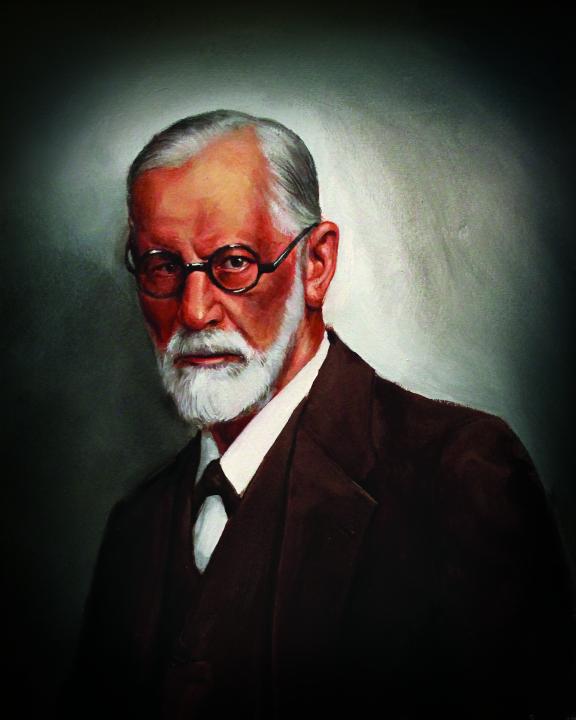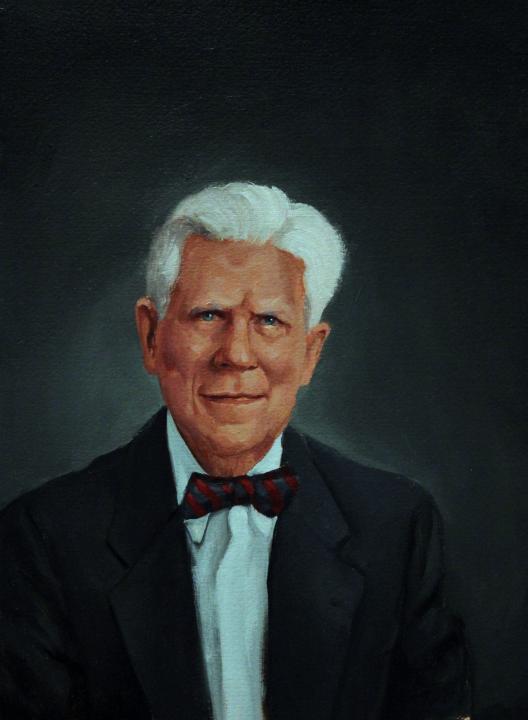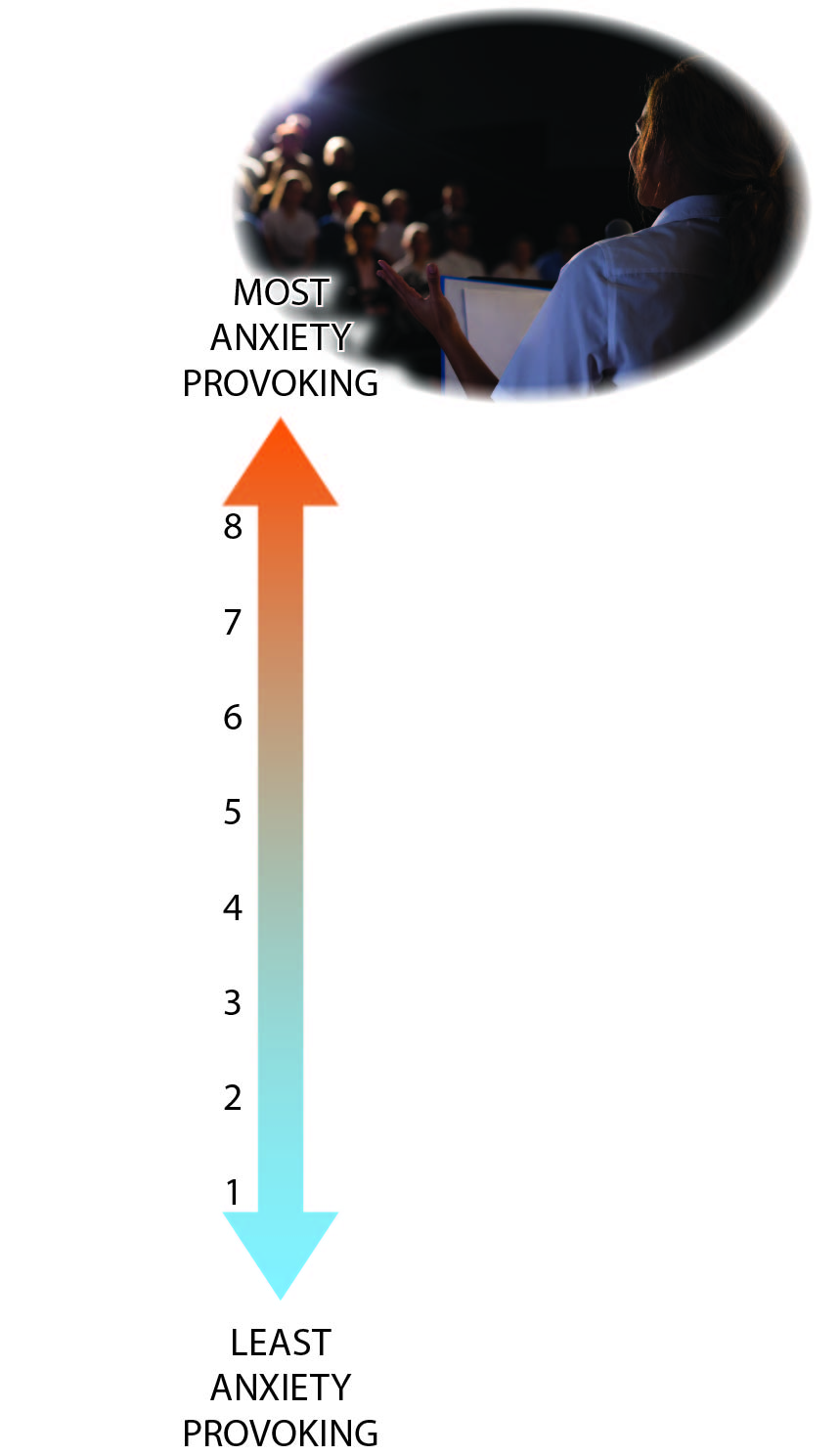Introduction

Your professor announces that everyone will need to present on a specific topic in class in 3 weeks. The presentation will replace your research paper and will be worth 50% of your final grade. As she finishes the announcement, you begin to experience a panic attack: hyperventilating, sweating, and experiencing incredible chest pain. You think: “I’m going to be sick. I feel like I’m going to die!” You rush out of the classroom, thinking that you’re done with life as a college student. Thankfully, a friend from your class follows you out to make sure that you’re OK. She gets you some water and a wet towel and sits down on the stairs with you. You say, “I can’t do this presentation. I just can’t do it… or I’m going to die.”
Dugas, M. J., Brillon, P., Savard, P., Turcotte, J., Gaudet, A., Ladouceur, R., and Gervais, N. J. (2010). A randomized clinical trial of cognitive-behavioral therapy and applied relaxation for adults with generalized anxiety disorder. Behavioral Therapies, 41, 46–58.
Leichsenring, F., Abbass, A., Gottdiener, W., Hilsenroth, M., Keefe, J. R., Luyten, P., and Steinert, C. (2016). Psychodynamic therapy: A well-defined concept with increasing evidence. Evidence Based Mental Health, 19. doi: 10.1136/eb-2016-102372
